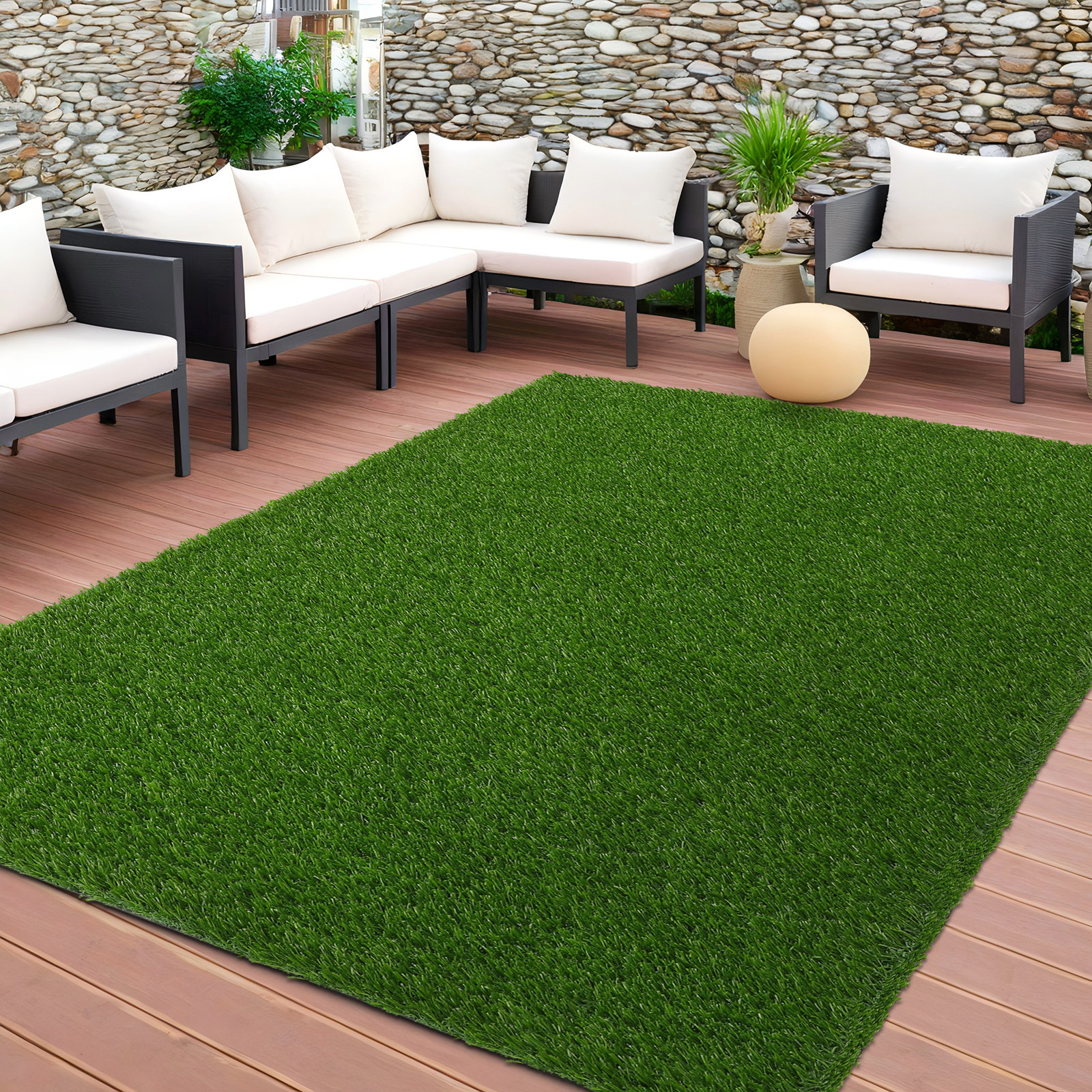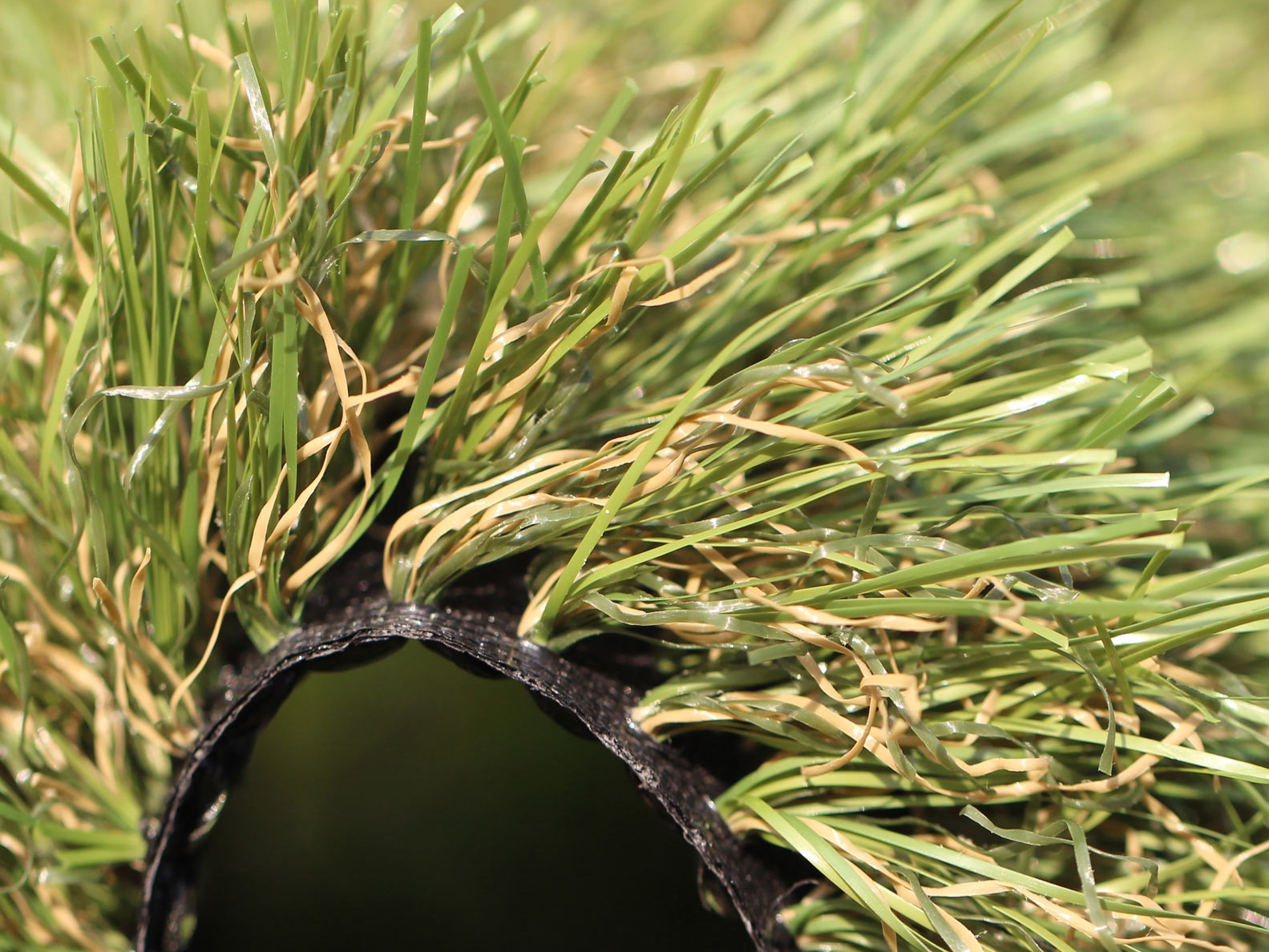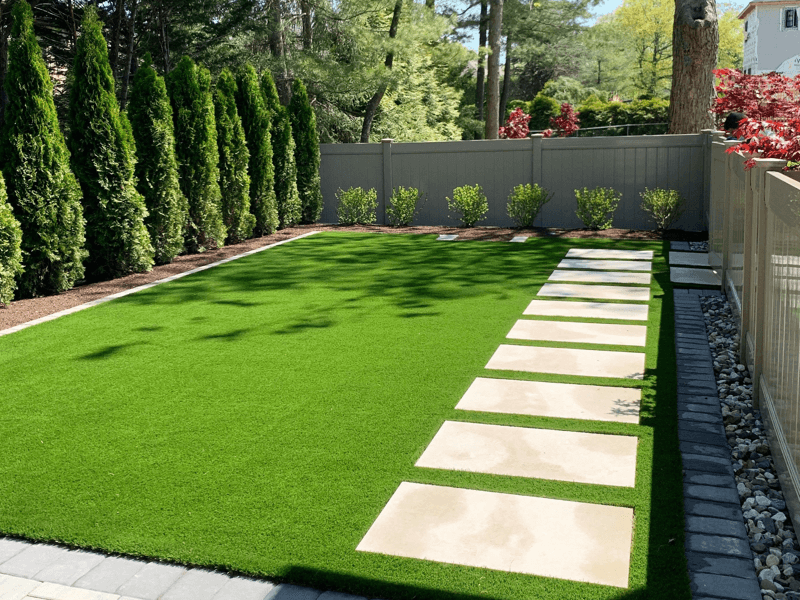Experience a Flawless Lawn with Arizona Artificial Turf for Any Outdoor Space
Experience a Flawless Lawn with Arizona Artificial Turf for Any Outdoor Space
Blog Article
Explore the Environmental Conveniences of Opting for Synthetic Grass Solutions
The adoption of fabricated grass remedies presents an engaging opportunity to resolve pushing environmental challenges. By significantly lowering water usage and lessening the application of hazardous chemicals, these choices not just advertise lasting landscape design yet additionally secure neighborhood communities. The reduced carbon footprint connected with lowered upkeep tasks contributes to a much more lasting approach to land management. Nonetheless, the effects of these benefits expand beyond simple conservation initiatives, elevating inquiries concerning their long-lasting impact on habitat conservation and general eco-friendly balance. Exploring these measurements discloses a complicated interplay worth thinking about.
Water Preservation Conveniences
One of the most significant advantages of fabricated lawn is its ability to preserve water. In comparison, artificial lawn does not need watering, considerably minimizing the total need for water sources.
By removing the demand for routine watering, synthetic grass adds to lasting landscape methods and helps minimize the ecological impact of too much water consumption. In addition, the preservation of water includes the decrease of drainage, which can bring about dirt erosion and waterway air pollution.
In addition, the setup of man-made grass permits districts and home owners to designate water resources a lot more effectively, focusing on necessary uses such as drinking water and farming. The shift towards synthetic grass not only promotes accountable water use yet likewise aligns with wider environmental objectives targeted at maintaining natural deposits.
As communities progressively prioritize sustainability, the water conservation benefits of fabricated lawn offer a compelling instance for its fostering in domestic and industrial landscape design projects.
Reduced Chemical Use
The transition to fabricated turf significantly reduces the reliance on chemical therapies commonly used in natural turf maintenance. Typical lawn administration commonly includes the application of fertilizers, chemicals, and herbicides to advertise development and control parasites. These chemicals can posture threats to human wellness, local wildlife, and the setting, contributing to dirt and water contamination.
In contrast, synthetic grass gets rid of the requirement for these unsafe substances. When installed, it calls for very little maintenance, primarily including routine cleansing and occasional infill replenishment. This decrease in chemical usage not only profits the prompt environment yet likewise adds to more comprehensive ecological security. By decreasing the release of synthetic substances right into the environment, man-made grass advertises much healthier soil and water systems.
Moreover, the absence of chemical runoff connected with man-made grass installments assists protect regional waterways from contamination, sustaining aquatic life and preserving biodiversity. Arizona artificial turf. As neighborhoods significantly focus on lasting methods, selecting fabricated turf provides a feasible option that straightens with environmental preservation goals. Through this change, property proprietors can enjoy lavish green spaces without endangering ecological health and wellness, leading the method for a more lasting future
Reduced Carbon Impact

Furthermore, the setup of artificial lawn can lead to considerable water preservation. Natural lawns need considerable amounts of water for irrigation, which not just includes in the carbon impact associated with water removal and therapy however also stress neighborhood water resources. On the other hand, man-made lawn needs minimal upkeep, requiring no watering, thereby significantly lowering water usage and its connected energy expenses.
In addition, the longevity visit the site of synthetic grass contributes to its lower carbon impact. With a life-span of up to 15 years or more, the need for constant replacements is reduced, causing less waste and lower power consumption in production and throwing away conventional turf choices. Overall, man-made lawn provides a sustainable option for ecologically mindful landscape design.
Environment Preservation
Habitat conservation is an important consideration in the debate over landscape design choices, particularly when contrasting fabricated turf to all-natural turf. All-natural grass yards commonly call for comprehensive upkeep, consisting of making use of herbicides, plant foods, and pesticides, which can adversely affect neighborhood communities. These chemicals can seep into the dirt and rivers, harming indigenous plants and animals and interrupting regional environments.
In contrast, synthetic grass offers a chance to decrease the eco-friendly impact of landscape design. By selecting synthetic yard, homeowners can minimize the disruption of all-natural habitats related to standard grass treatment practices. Fabricated turf removes the requirement for unsafe chemicals, thus safeguarding nearby wild animals and maintaining the stability of surrounding communities. Moreover, the installation of fabricated lawn can bring about the conversion of former yard areas right into more biodiverse landscapes, such as pollinator yards or native plant locations, which can support neighborhood wild animals.
Inevitably, the change to synthetic grass not just saves water and reduces upkeep initiatives but additionally promotes an extra unified connection in between human tasks and the natural surroundings, advertising environment conservation at the same time.
Long-Term Sustainability
Long-lasting sustainability is an important consider assessing the benefits of synthetic grass over conventional yard lawns. Among the most significant advantages of synthetic grass is its resilience; it can last up to 15-20 years with minimal upkeep, whereas natural grass requires regular reseeding and substitute. This long life minimizes the requirement for consistent resources, such as water, plant foods, and chemicals, which are crucial for preserving a healthy and balanced yard lawn.
Additionally, synthetic grass adds to a decrease in carbon exhausts connected with grass treatment devices. Conventional grass often need gas-powered lawn mowers, leaners, and blowers, every one of which add to air contamination. Turf installation phoenix az. In contrast, synthetic lawn eliminates the demand for such equipment, advertising a cleaner environment
In addition, the production of synthetic grass increasingly makes use of recycled products, improving its sustainability account. As makers embrace eco-friendly methods, the environmental footprint of artificial turf remains to lessen.

Conclusion
The adoption of synthetic grass solutions provides substantial environmental benefits, consisting of substantial water preservation, lowered dependence on unsafe chemicals, and a lower carbon impact. Synthetic turf help in preserving all-natural environments by reducing land disruption and promoting lasting sustainability via the usage of sturdy products. Collectively, these elements underscore the possibility of artificial turf to contribute positively to environmental health and use a feasible alternative to standard landscaping practices you could check here in a progressively resource-conscious globe.
In comparison, artificial grass does not need watering, dramatically reducing the overall demand for water sources. By reducing the launch of artificial compounds into the ecological community, fabricated grass promotes much healthier dirt and water systems.
Additionally, the setup of artificial lawn can result in considerable water conservation. In contrast, fabricated grass needs minimal maintenance, needing no watering, consequently considerably minimizing water usage and its linked power expenses.

Report this page